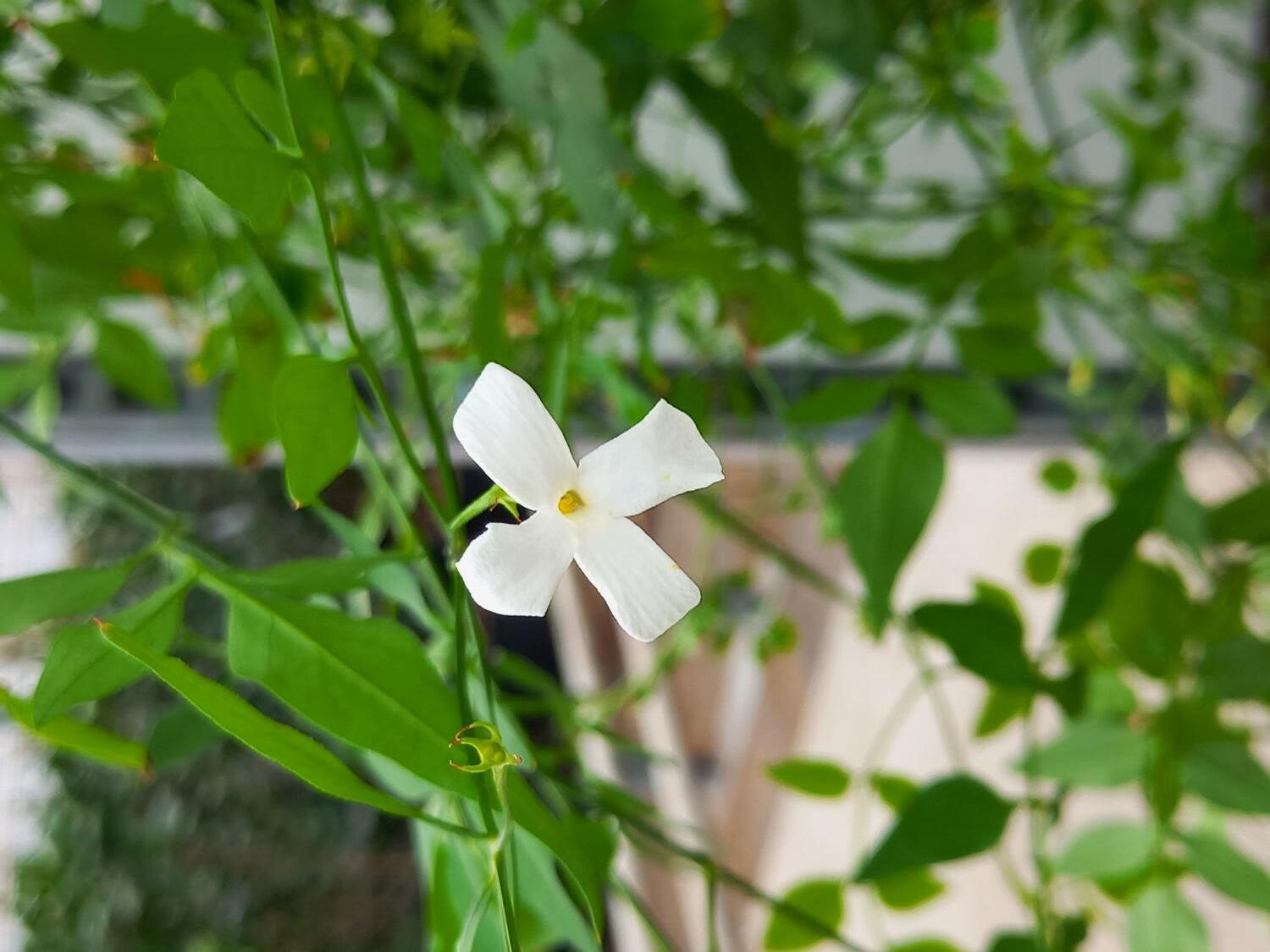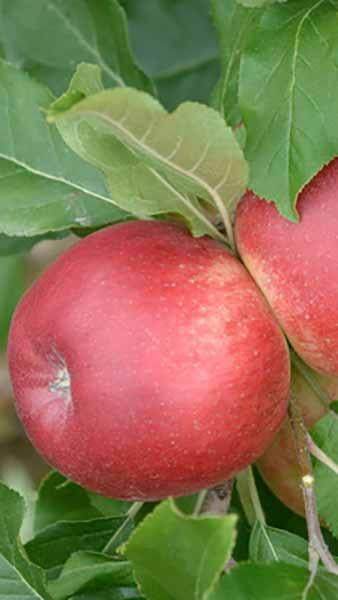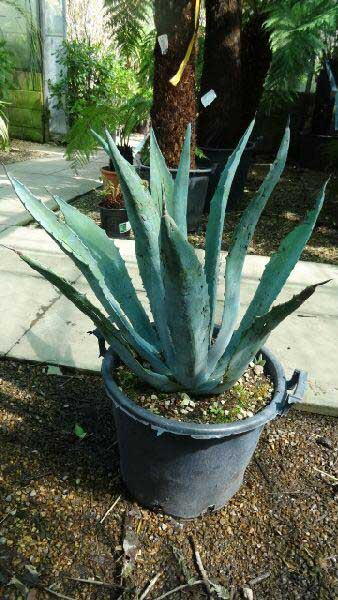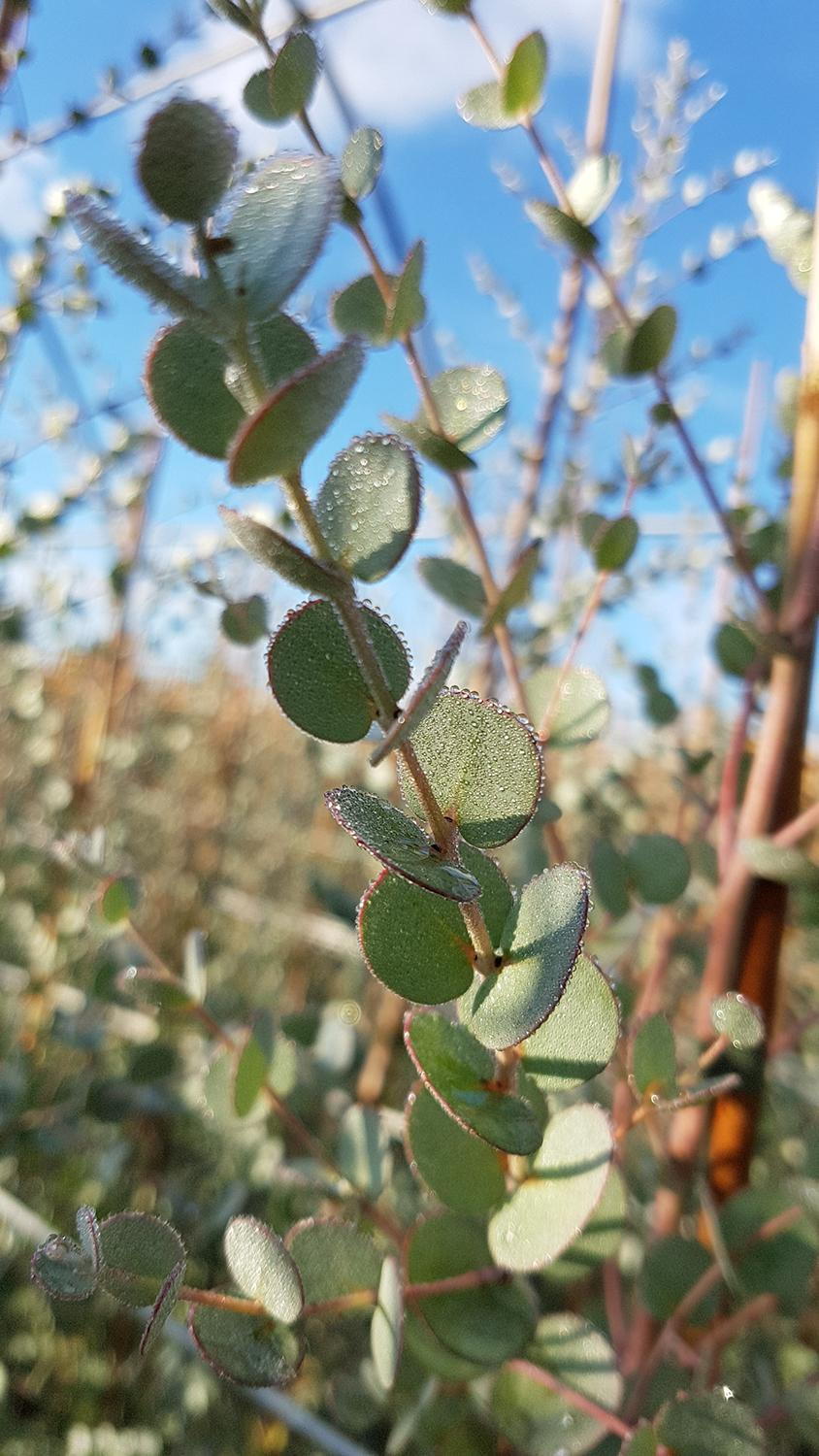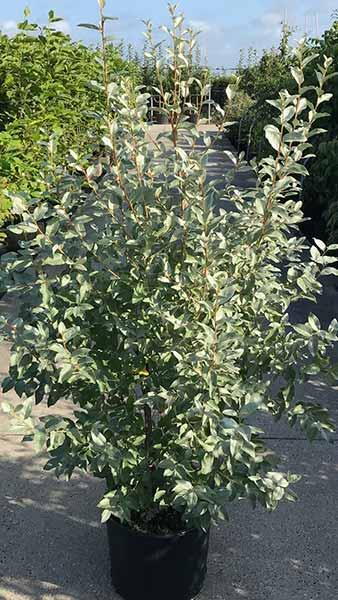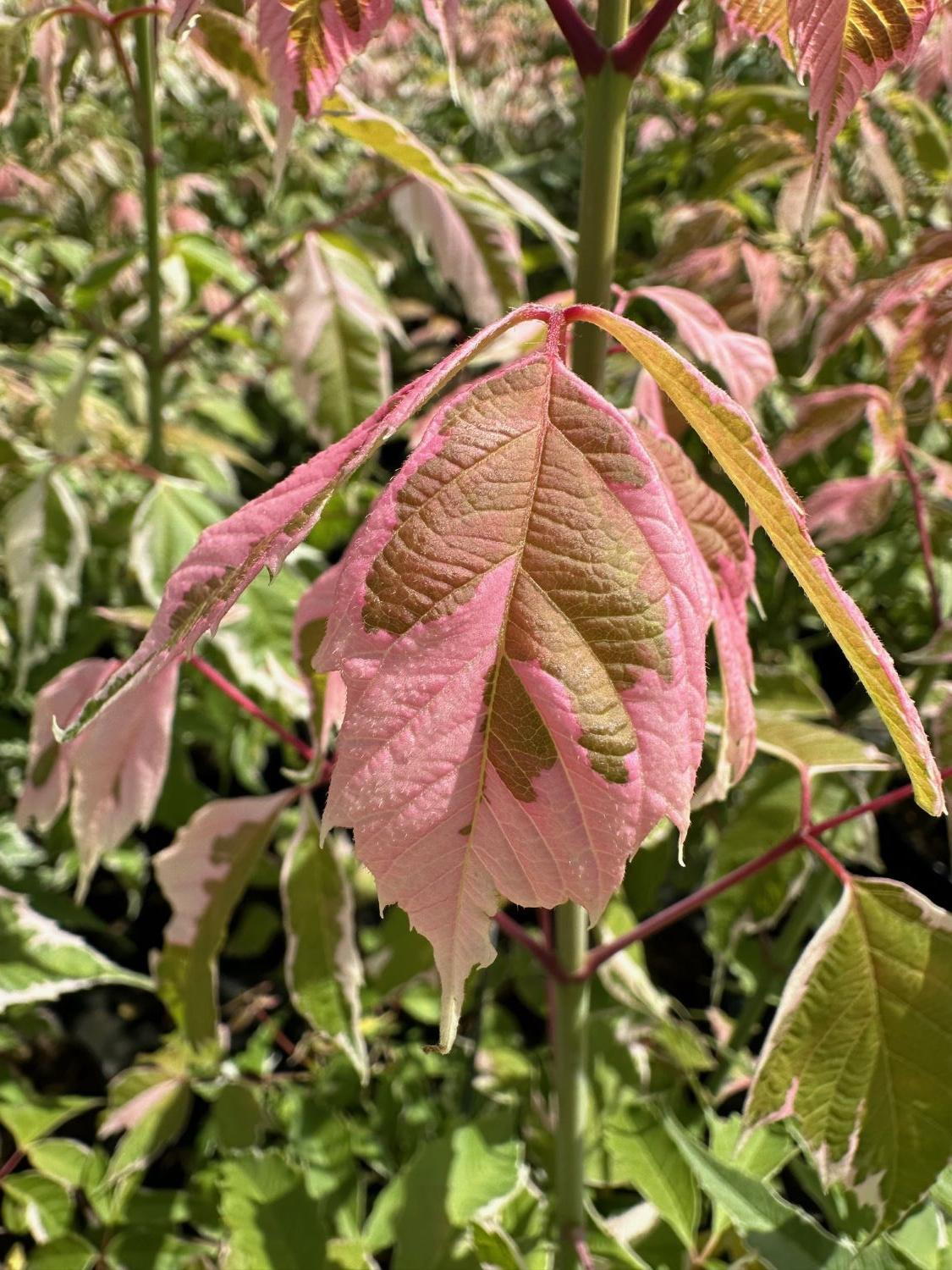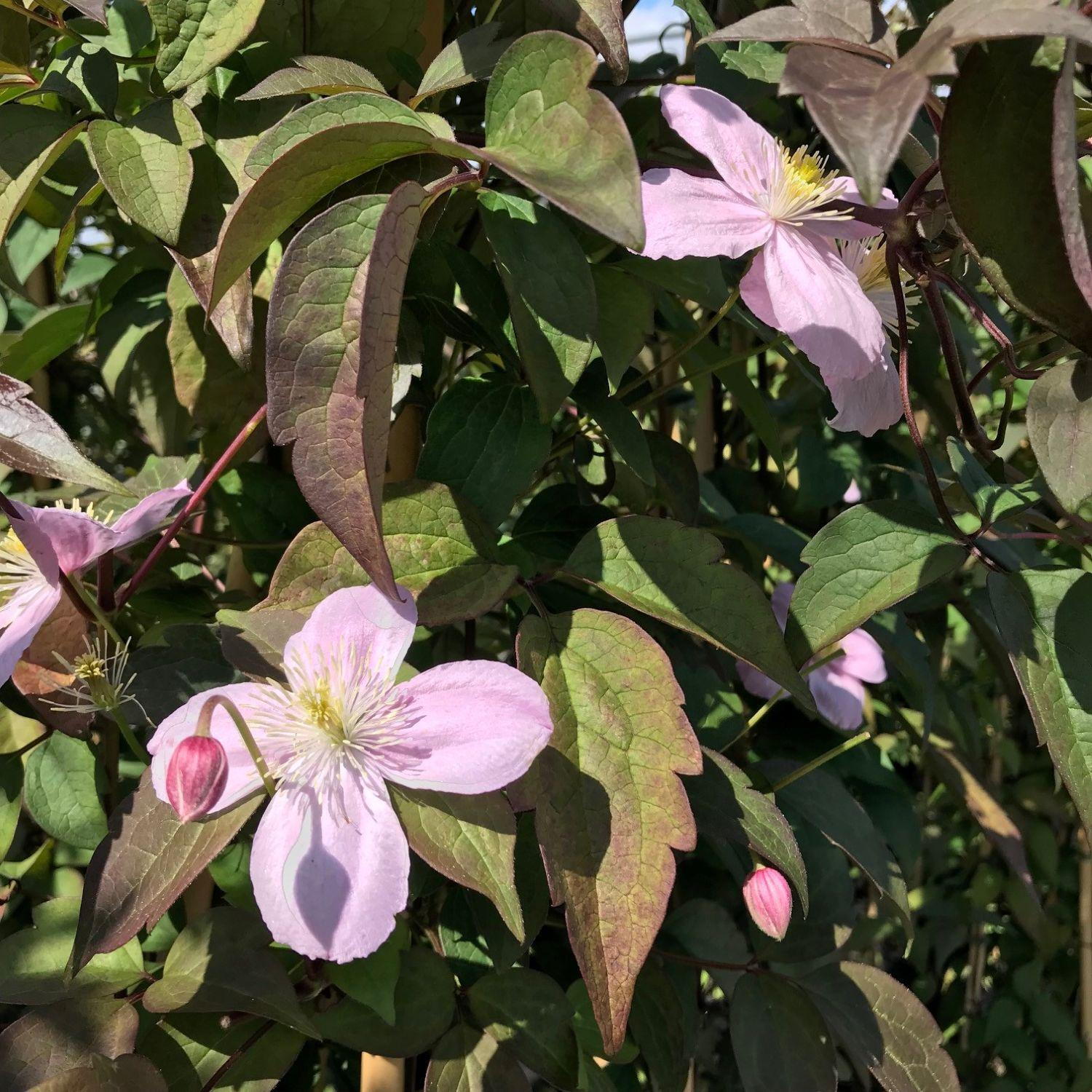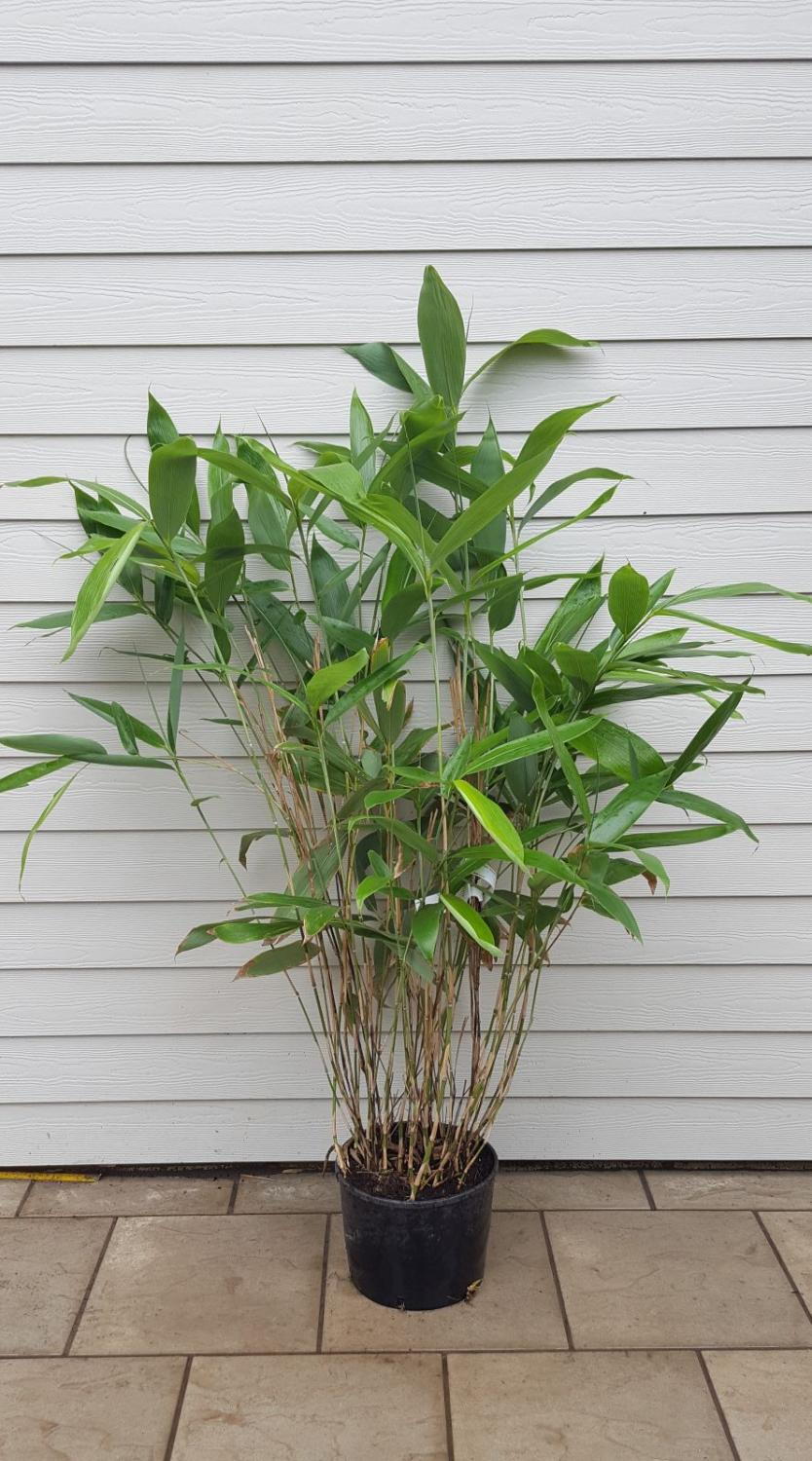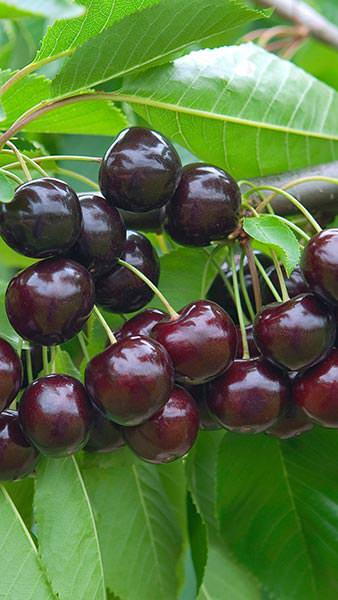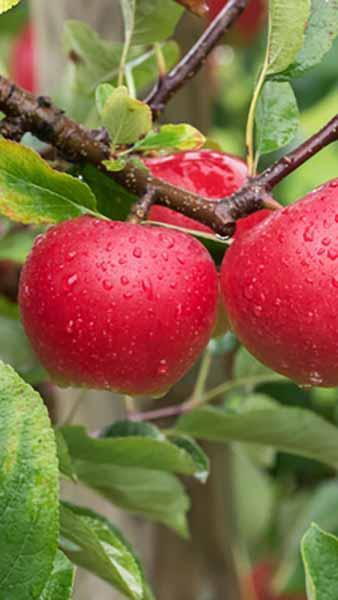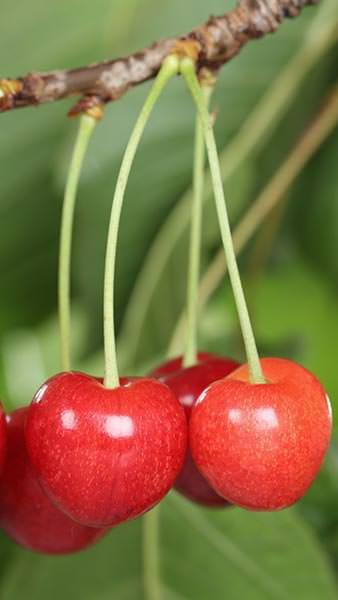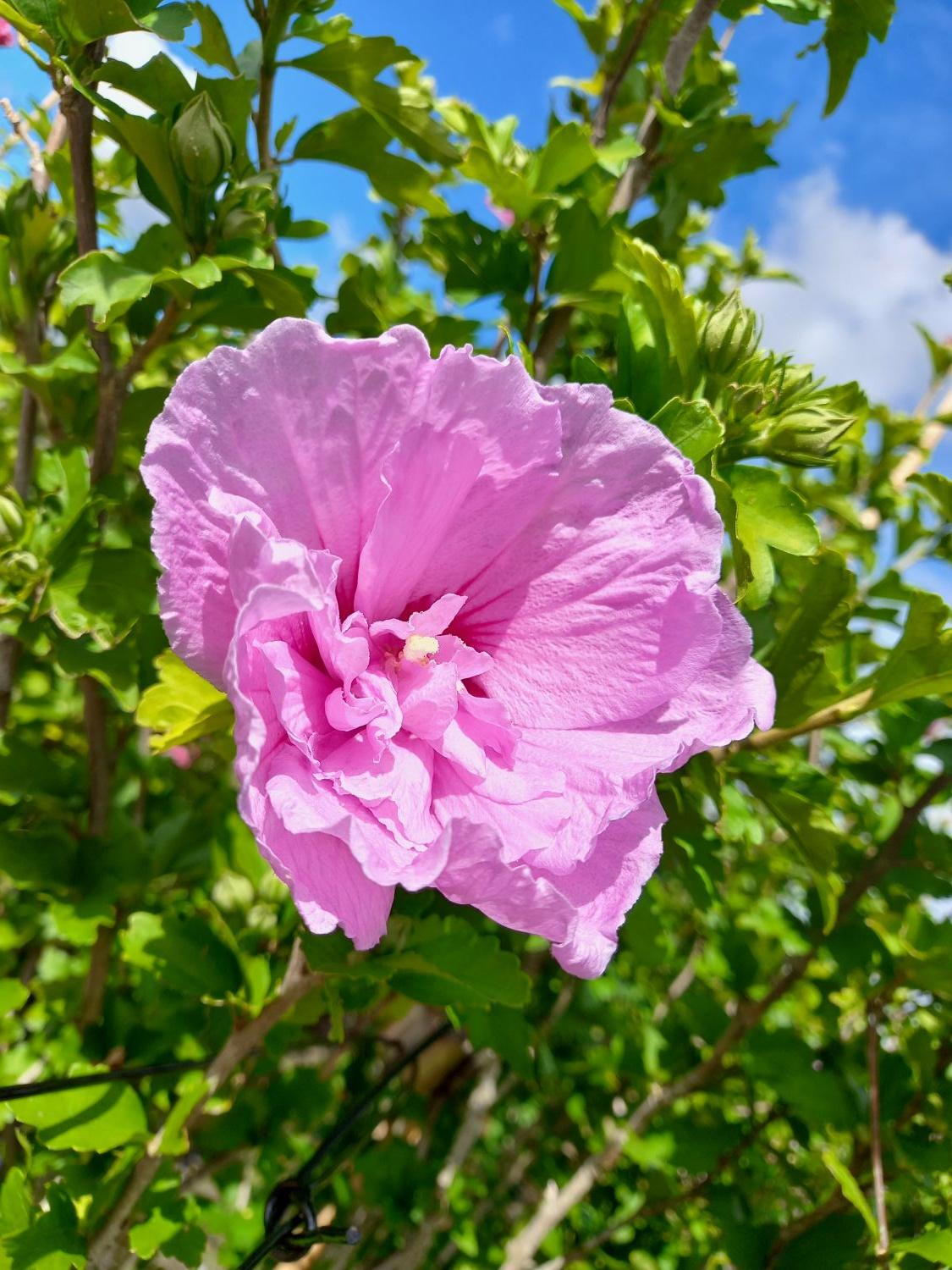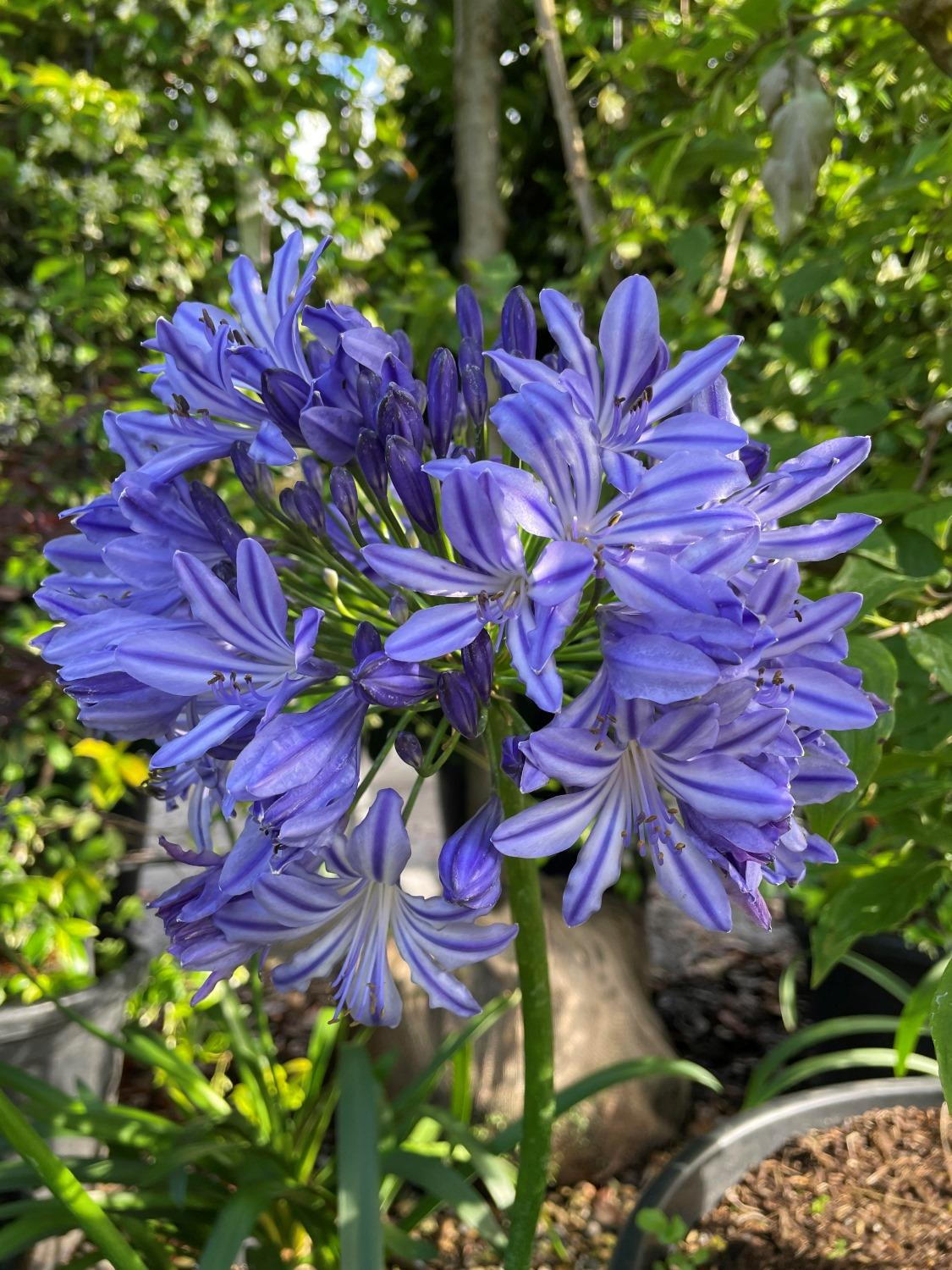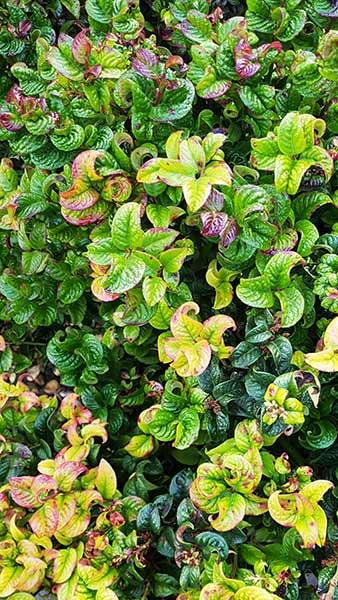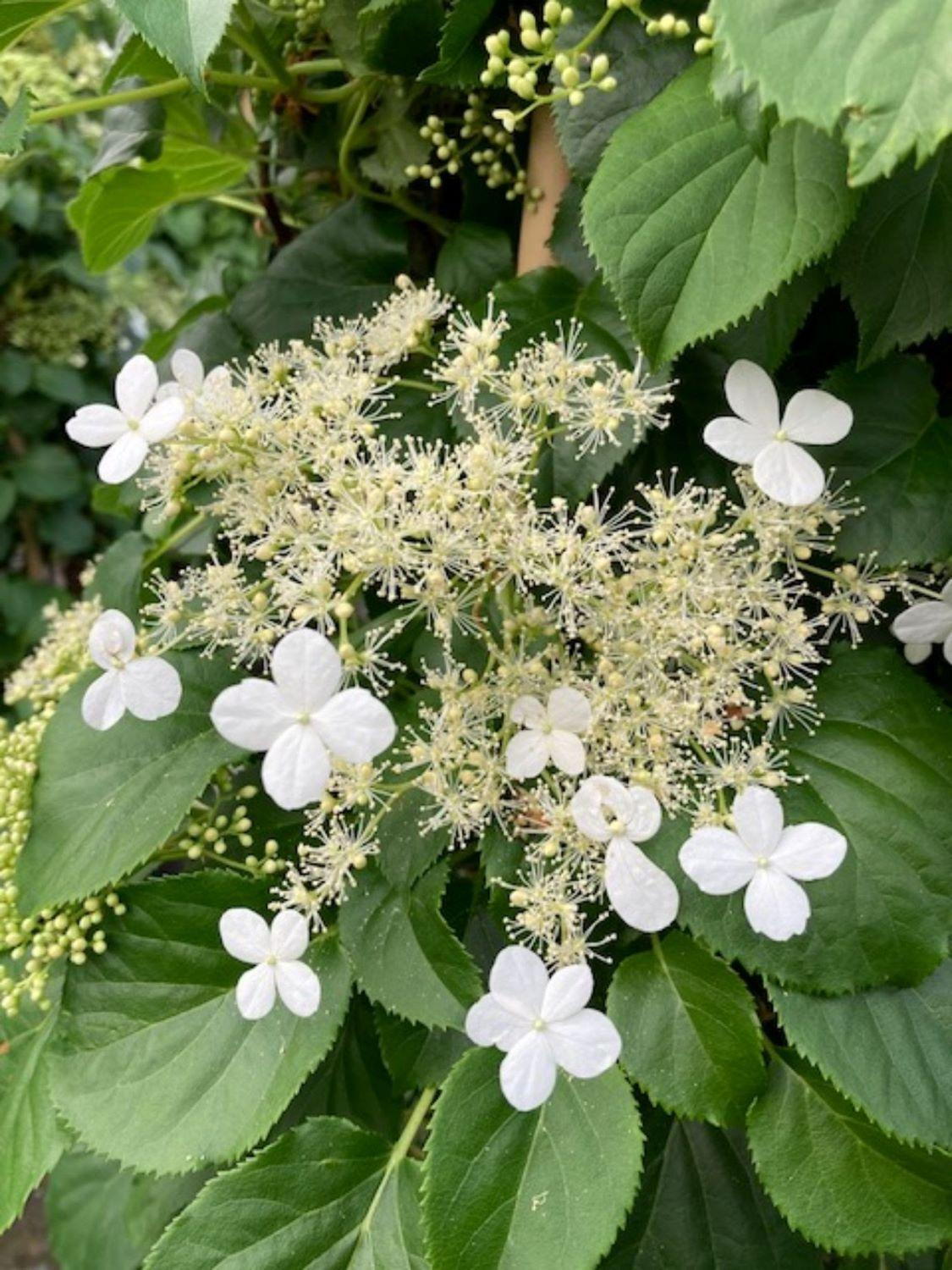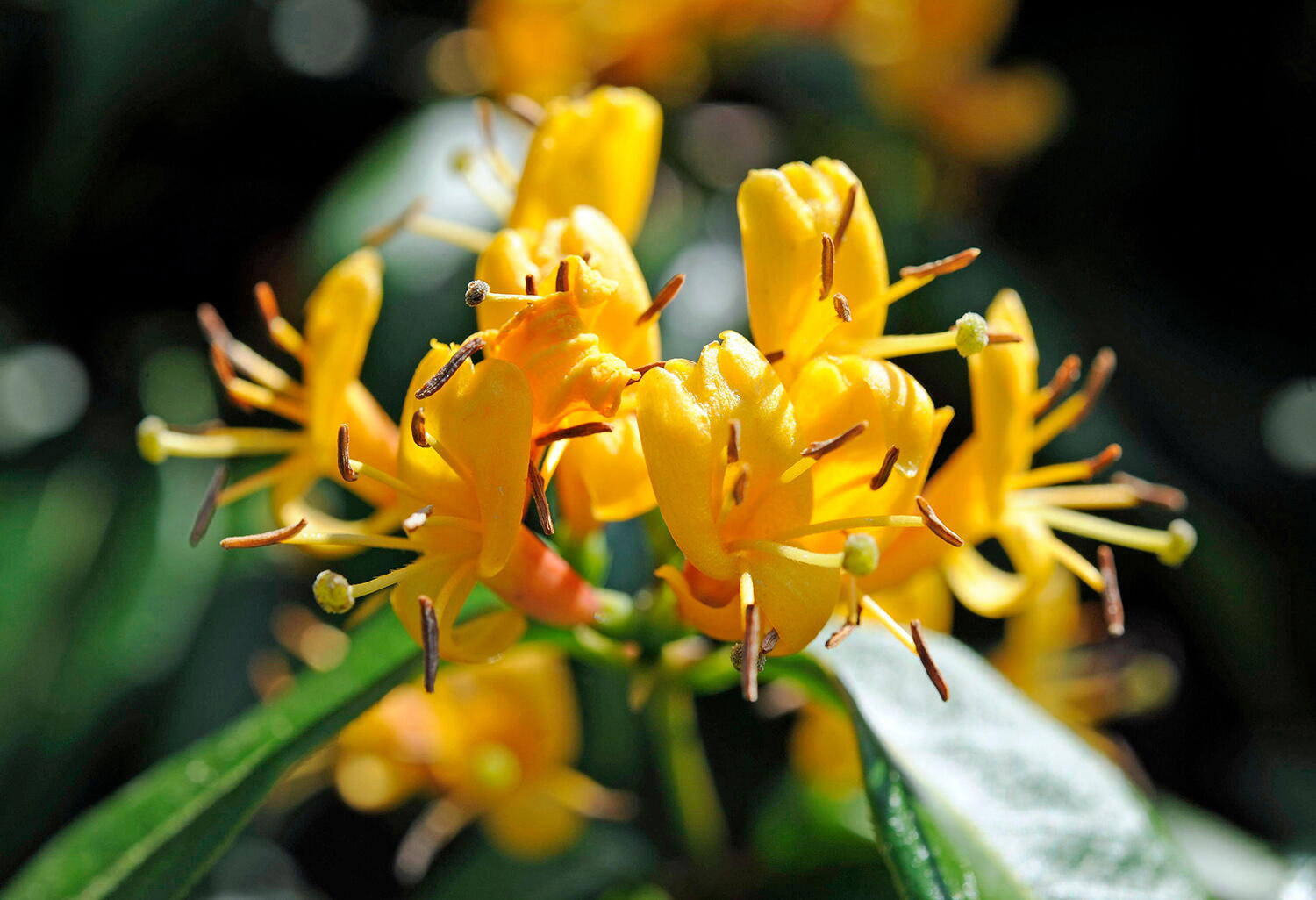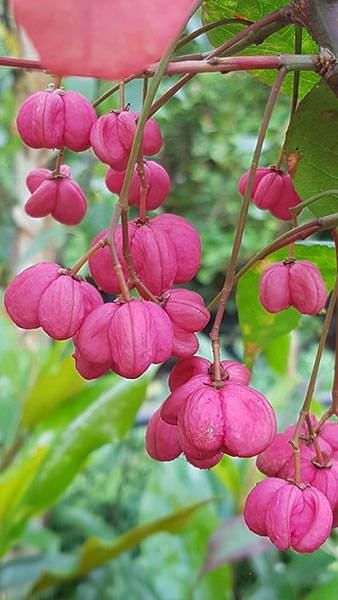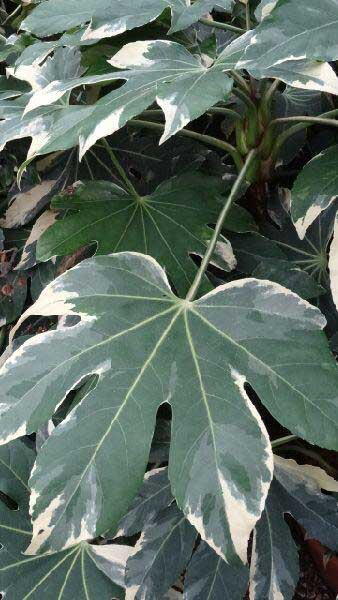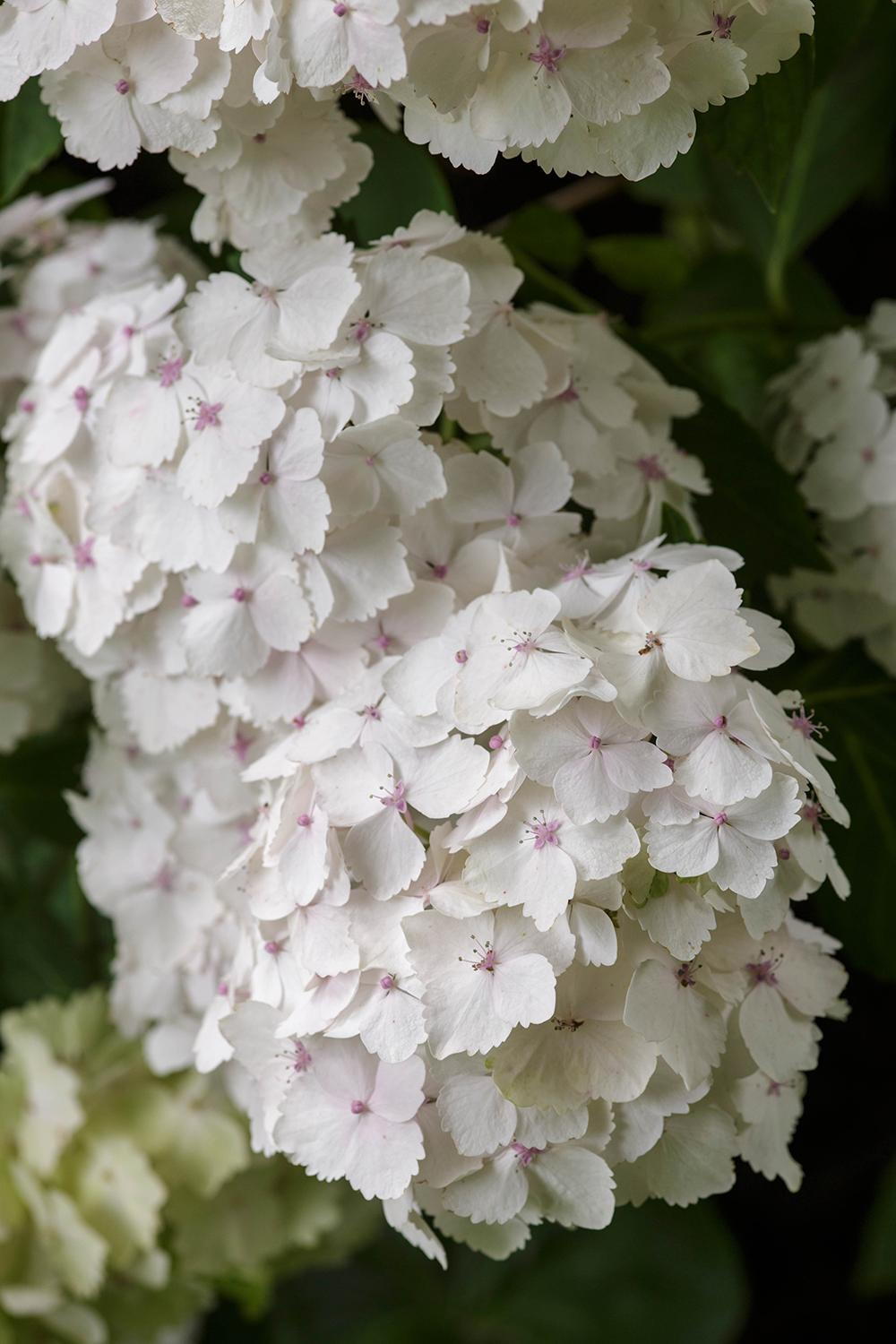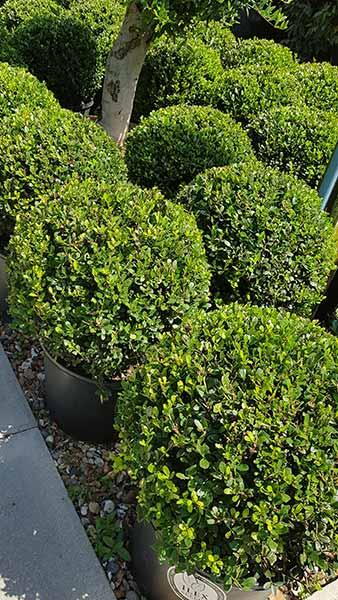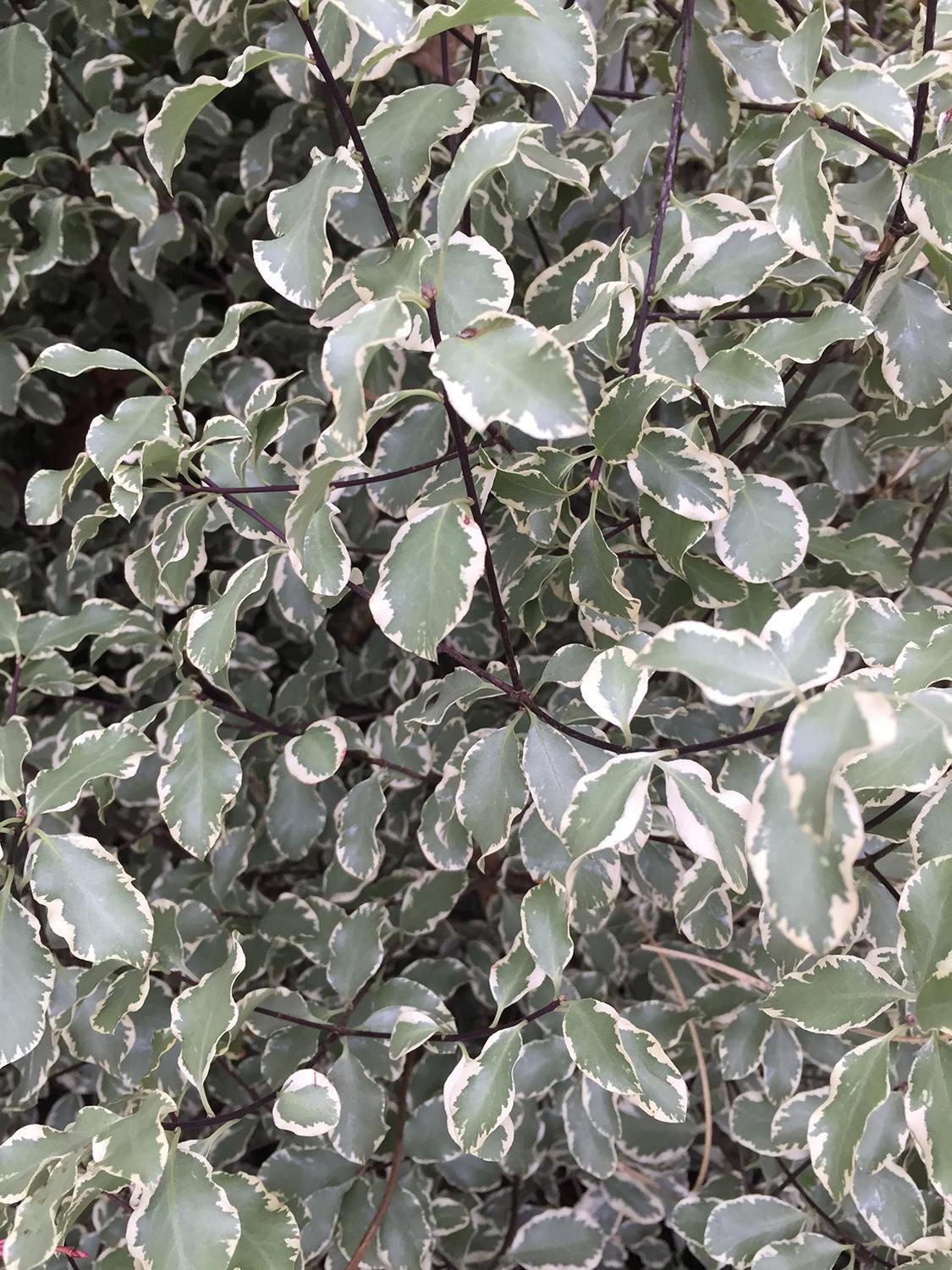Agapanthus Dr. Brouwer. African Lily Dr. Brouwer for Sale
A blue flowering variety of African Lily, Agapanthus Dr. Brouwer is treasured for its spectacular blossoms and remarkable hardiness. Attractive and versatile, this robust perennial works well as a statement plant or in mixed borders. The narrow, long leaves form dense clumps atop of which are tall, erect, dark green stems that bear the flowers. Unfolding on the tips of the stems in the summer, the umbel-shaped blossoms of this Agapanthus variety are a stunning lilac-blue. Originating from South Africa, Agapanthus prefers mild climates. To thrive, this plant needs full sun and moist, but well-drained soil. Drought tolerant once established and not bothered by salty sprays or strong winds, this spectacular perennial is an excellent choice for coastal gardens. African Lily Dr. Brouwer can also be grown in containers, as long as they have enough space to fully develop roots. In case the pot becomes too small for the mature plant, feel free to repot it, as it won’t mind the disturbance.Although it shares all the attractive qualities with other Agapanthus varieties, African Lily Dr. Brouwer is much more hardy than most other cultivars. Although fully hardy in Britain and Ireland, this extraordinary perennial will need sheltering in the winter months. In case you plant it in a garden, cover it with dry mulch during the winter, or, if it’s container grown, move the pot to a sheltered location. Generally pest and disease free, this plant is considered to be quite robust and easy to grow.Vigorous, yet with a non-invasive habit, Agapanthus Dr. Bouwer is a low maintenance plant. It doesn’t require pruning to keep its stunning natural shape. The foliage forms a tufted mound that grows to be around 70 centimetres high and across, with quite taller stems bearing flower heads protruding from the densely clumped leaves. With its unusual shape and showy blue flowers, African Lily Dr. Brouwer is a great candidate for a statement plant. Planted in the garden or in containers, this striking plant always draws attention. Combined with low-growing evergreen shrubs, this flowering perennial adds drama and colour to a mixed shrub border.
